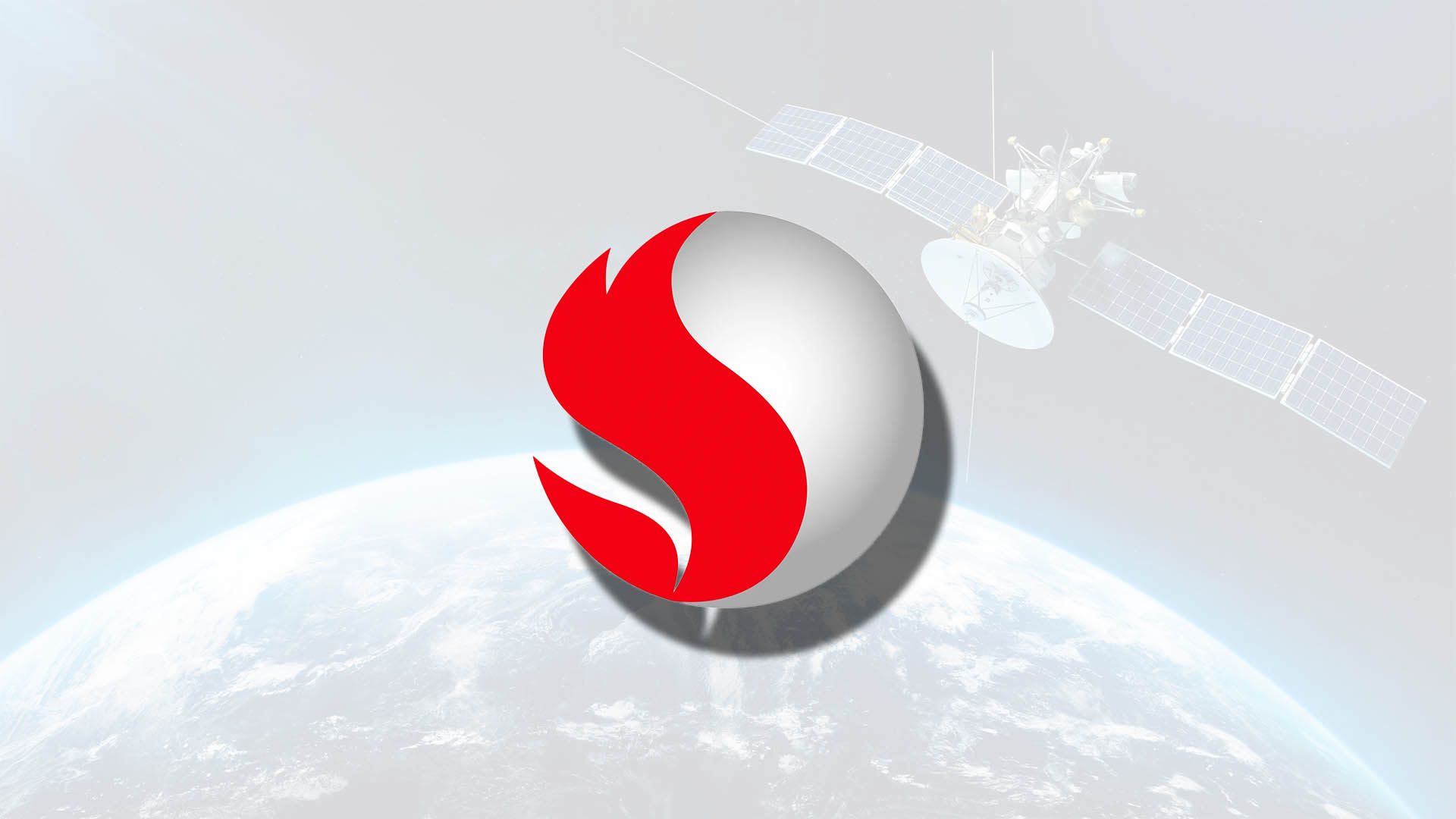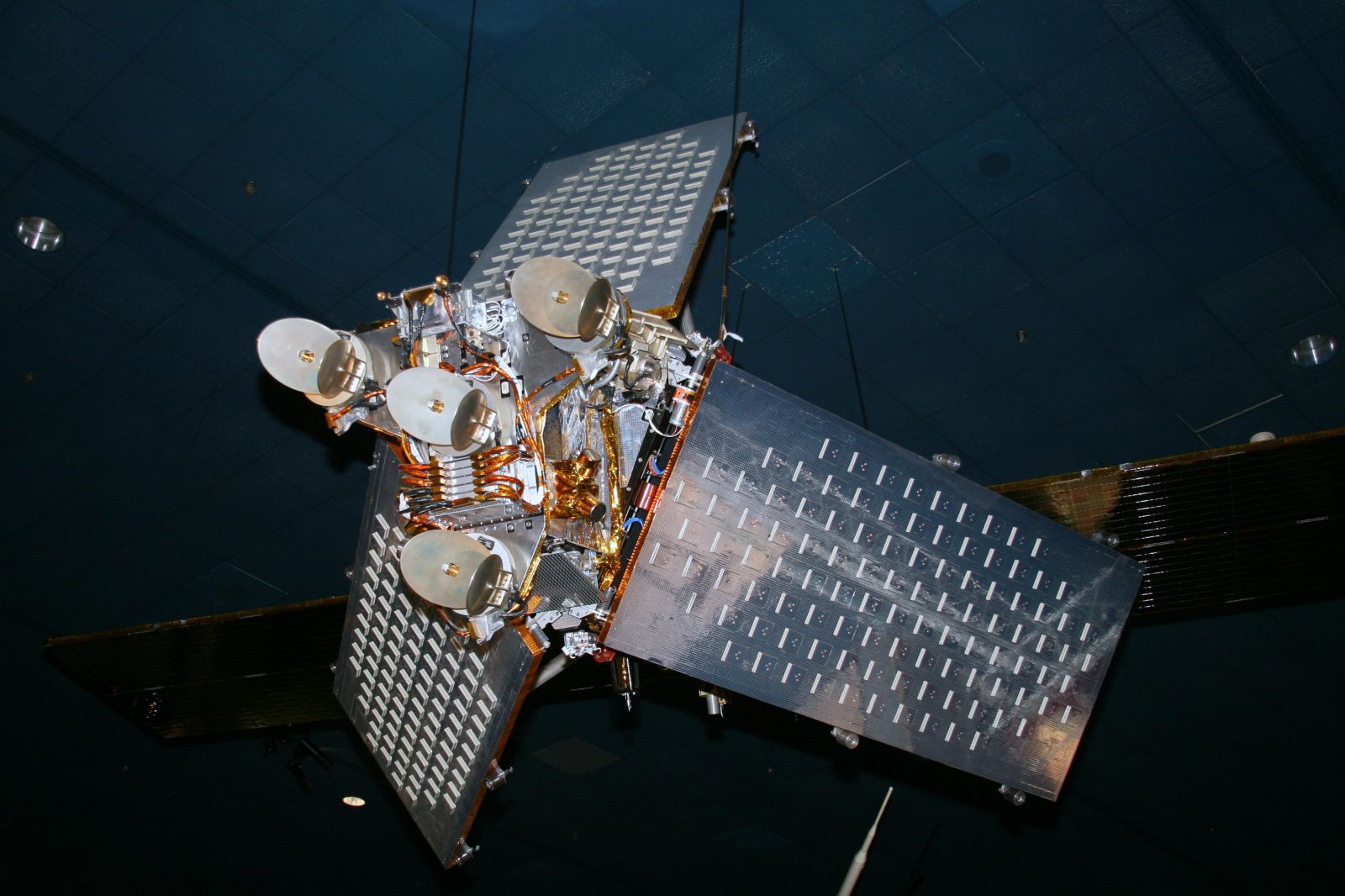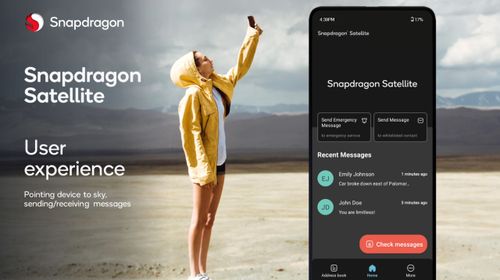Apple made a lot of noise when it announced that the iPhone 14 series devices could send an emergency SOS message when you’re in areas out of cellular coverage. If you get into an accident, the phone can also send an automatic message to emergency responders. It’s a life-saving solution.

Qualcomm, the maker of mobile chips for everything from an Android phone to your future car, is bringing that feature to expensive phones launching this year. Imagine kidney-snatching flagships like the OnePlus 11 and the Samsung Galaxy S23 series phones.
The feature is called Snapdragon Satellite because coming up with a cool name takes a lot of brain cell exercise. Of course, Qualcomm is keeping it limited to the flagships, specifically, those that were dry the new Snapdragon 8 Gen 2 processor. It’s a capitalist world, bubba!

After all, who wouldn’t want to pay for an emergency remote area messaging system, even if some of the couch potatoes don’t step out of the house for weeks? But look at it this way. You can now convince your dad to buy you a shiny new Android flagship.
Just tell him that if you ever get stuck in a grizzly bear’s zone and can’t call Chuck Norris for emergency assistance, the satellite communication trick will at least send an emergency text to your parents, first responders, and those pussy friends that will only see the message 17 hours later.

Qualcomm uses the Iridium satellite constellation to enable two-way satellite messaging on Android phones. The feature will be rolled out starting in the second half of 2023. Eventually, laptops, tablets, and even cars using Qualcomm chips will be able to enable satellite messaging.

Oh, by the way, support for satellite communication is coming to all phones running Android 14. This is the “support” we are talking about. Your phone will still need the right antenna to actually Lin up to a satellite. In a nutshell, you will need a new phone, probably an expensive one!
T-Mobile will enable it for all its customers using the Starlink satellites made by SpaceX, a company led by billionaire manchild and serial babymaker Elon Musk.
You can find more jargon language details here

